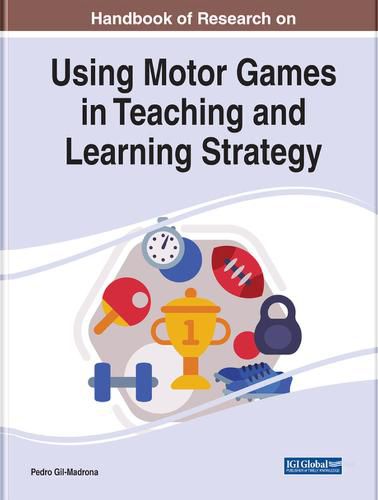Readings Newsletter
Become a Readings Member to make your shopping experience even easier.
Sign in or sign up for free!
You’re not far away from qualifying for FREE standard shipping within Australia
You’ve qualified for FREE standard shipping within Australia
The cart is loading…






This title is printed to order. This book may have been self-published. If so, we cannot guarantee the quality of the content. In the main most books will have gone through the editing process however some may not. We therefore suggest that you be aware of this before ordering this book. If in doubt check either the author or publisher’s details as we are unable to accept any returns unless they are faulty. Please contact us if you have any questions.
The game is as old as the culture. The game has been a coupling of one culture with another, of union of cultures, throughout the evolution of history. From ancient times to the present day, educators, philosophers, and historians have highlighted the role of play in education. Play is a source of learning both for the child, which allows them to develop their cognitive, motor, emotional and social development, as well as for teachers, when the latter see children as they learn through games, it will therefore be key to teachers know how to choose games well to achieve the desired learning in all children.
The objective of this book is to present to the educational and scientific community the most significant advances in relation to gambling and especially motor play in childhood. In the period between 3 and 12 years. Inside, topics, research, systematic bibliographic reviews, and didactic proposals are addressed that relate the different types of games and social relationships, the affective, cognitive and motor domain in the school environment and in the extracurricular environment, the role that the teachers to games as an educational mediation strategy. To this end, the text deals with the conceptualization of the motor game in the different stages of development, traditional and current classifications of the different types of motor games are presented, and topics related to the methodological treatment of motor games in the classroom are introduced.
$9.00 standard shipping within Australia
FREE standard shipping within Australia for orders over $100.00
Express & International shipping calculated at checkout
This title is printed to order. This book may have been self-published. If so, we cannot guarantee the quality of the content. In the main most books will have gone through the editing process however some may not. We therefore suggest that you be aware of this before ordering this book. If in doubt check either the author or publisher’s details as we are unable to accept any returns unless they are faulty. Please contact us if you have any questions.
The game is as old as the culture. The game has been a coupling of one culture with another, of union of cultures, throughout the evolution of history. From ancient times to the present day, educators, philosophers, and historians have highlighted the role of play in education. Play is a source of learning both for the child, which allows them to develop their cognitive, motor, emotional and social development, as well as for teachers, when the latter see children as they learn through games, it will therefore be key to teachers know how to choose games well to achieve the desired learning in all children.
The objective of this book is to present to the educational and scientific community the most significant advances in relation to gambling and especially motor play in childhood. In the period between 3 and 12 years. Inside, topics, research, systematic bibliographic reviews, and didactic proposals are addressed that relate the different types of games and social relationships, the affective, cognitive and motor domain in the school environment and in the extracurricular environment, the role that the teachers to games as an educational mediation strategy. To this end, the text deals with the conceptualization of the motor game in the different stages of development, traditional and current classifications of the different types of motor games are presented, and topics related to the methodological treatment of motor games in the classroom are introduced.